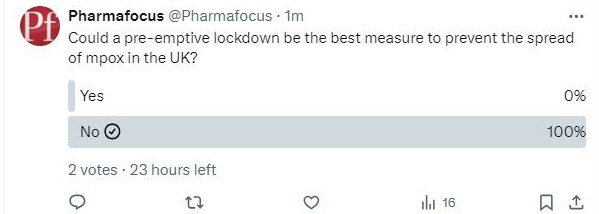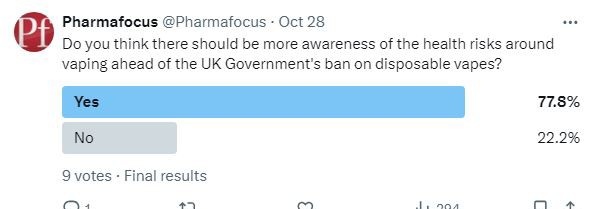Industry Facts
Five Facts about artificial intelligence (AI)

- Research has found that artificial chatbots are already being used by patients as diagnostic tools to identify symptoms.1
- Several medical specialties such as pneumonia in radiology, dermatology, pathology and cardiology have conducted studies where artificial intelligence (AI) has met or exceeded the same standard as experts in image-based diagnoses.1
- Water usage in some AI centres is estimated to rise to 4.2-6.6 billion cubic metres in 2027. This is the equivalent of over half of the UK’s annual water use from 2023.2
- A recent use of AI in a pharmaceutical setting has been credited with having identified a solution to the ‘protein folding problem’, which had not been solved in 50 years.3
- Despite their usefulness, at least one chatbot search requires almost three times the amount of electricity as a single search on other leading search engines.4
References
- Visit: pmc.ncbi.nlm.nih.gov/articles/PMC8285156/
- Visit: wedocs.unep.org/handle/20.500.11822/46288;jsessionid=268B4410D070B720ECFDB774ACE45C3B
- Visit: deepmind.google/discover/blog/alphafold-a-solution-to-a-50-year-old-grand-challenge-in-biology/
- Visit: unep.org/news-and-stories/story/ai-has-environmental-problem-heres-what-world-can-do-about


Follow us on Xto keep up to date with breaking news and join in with our pharma polls! @Pharmafocus